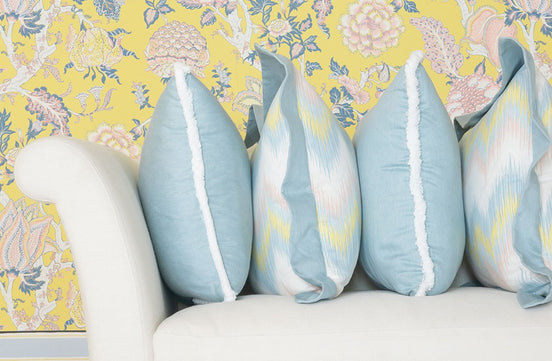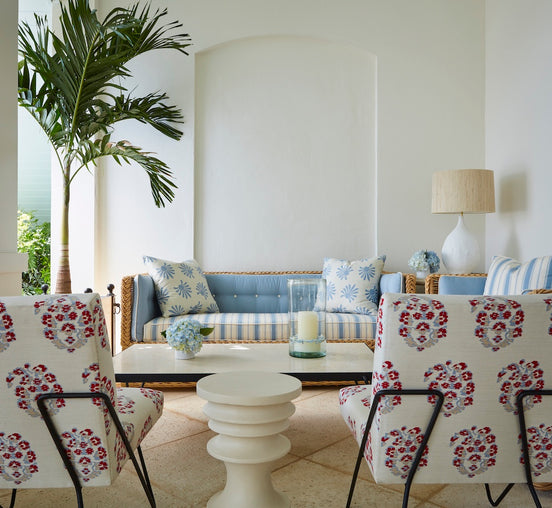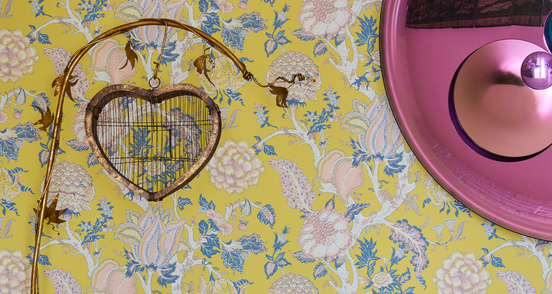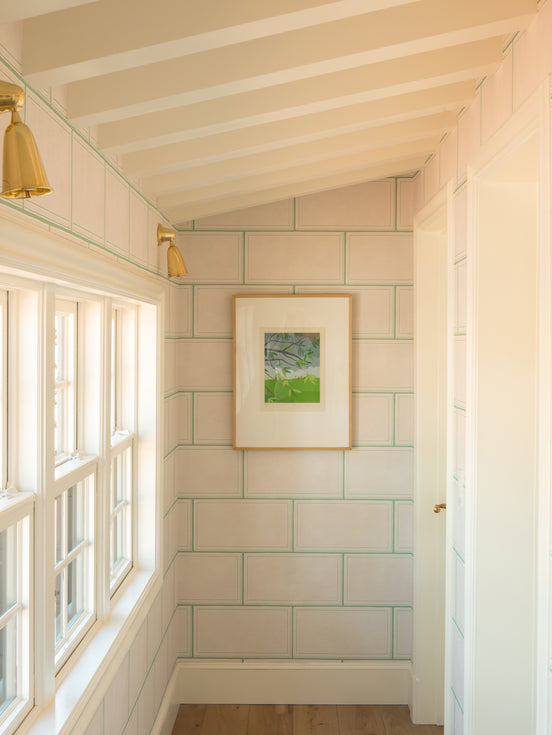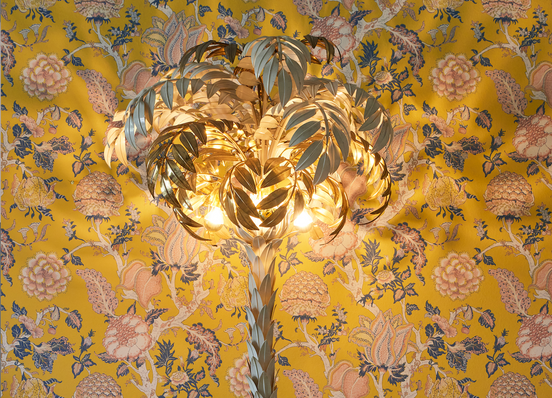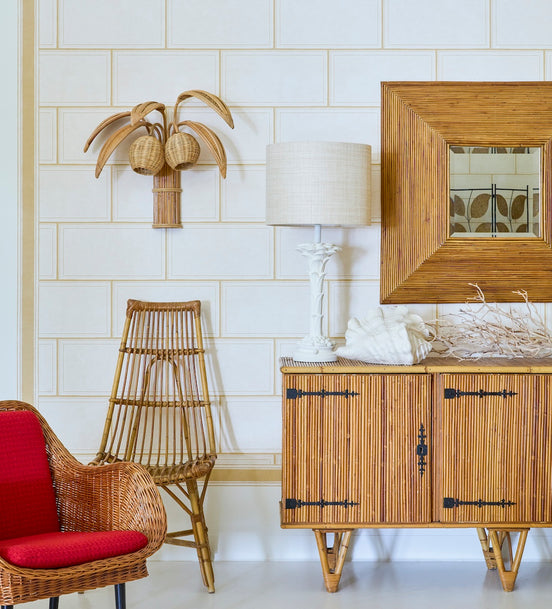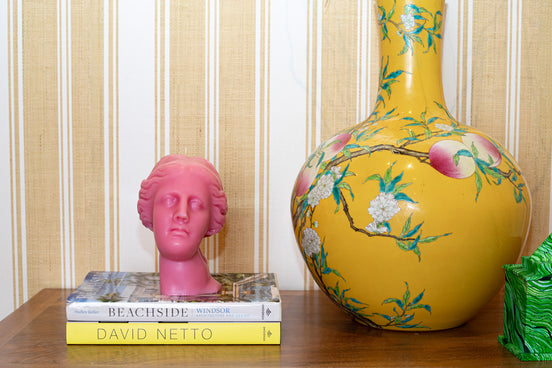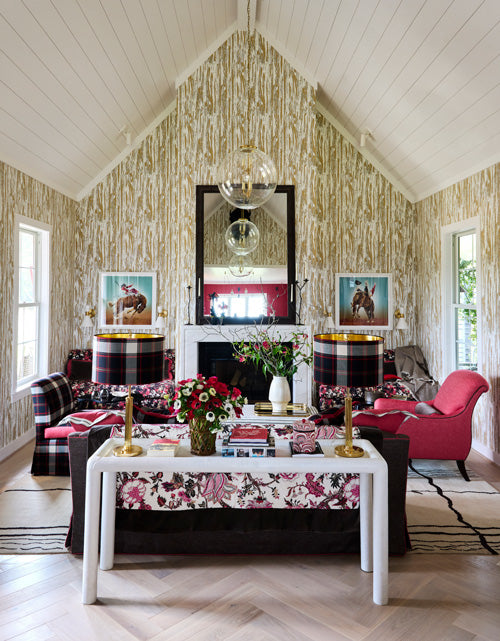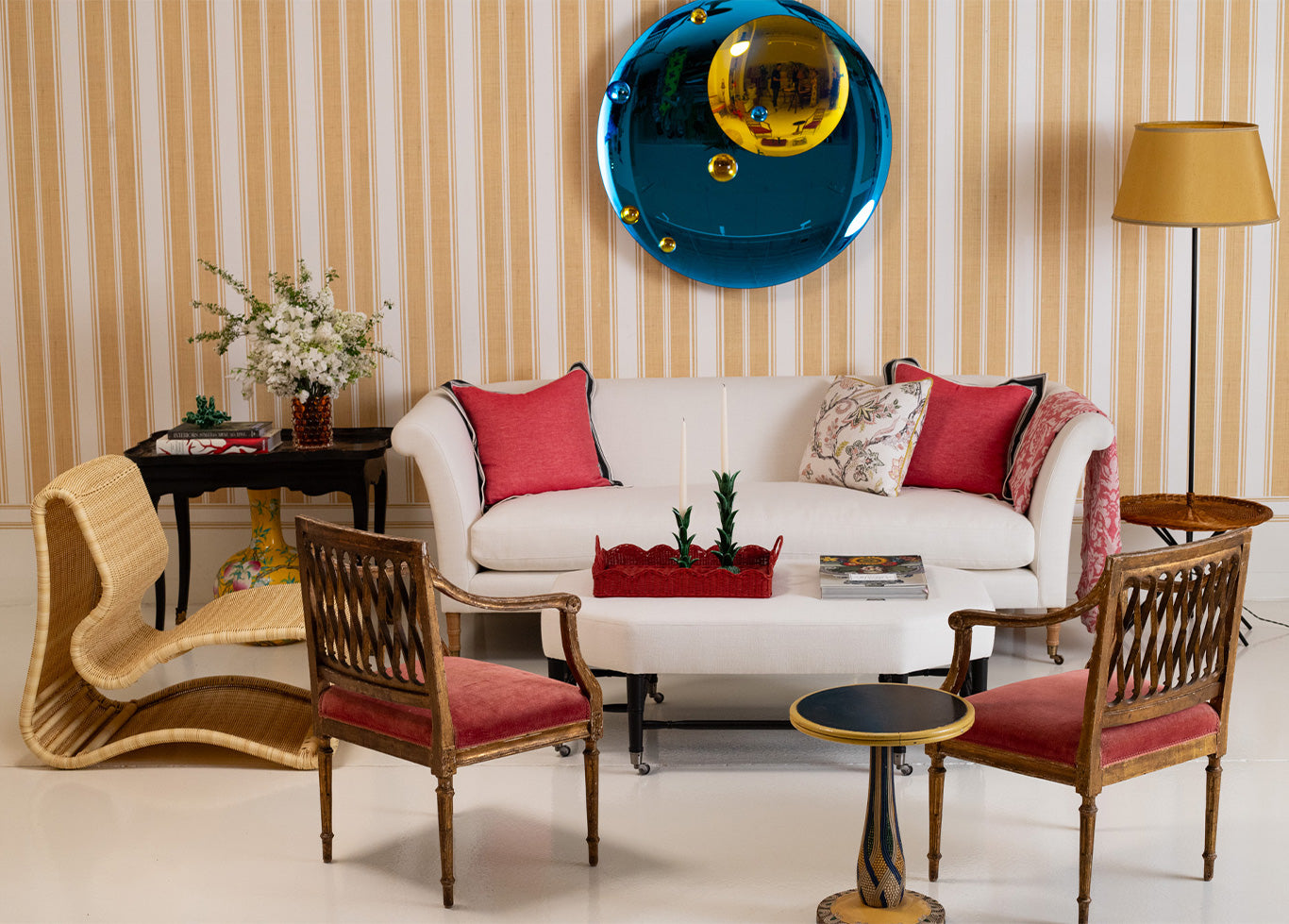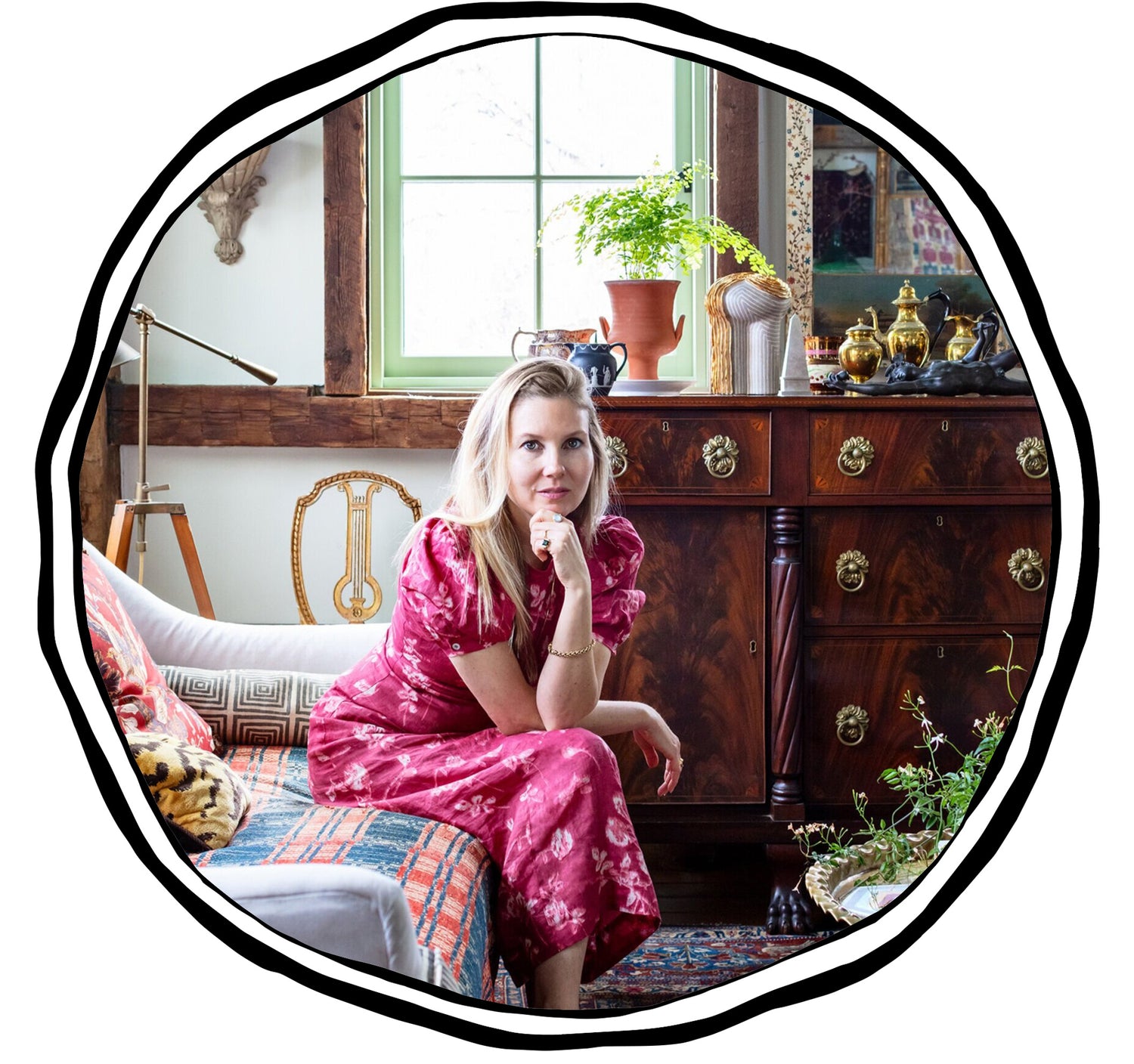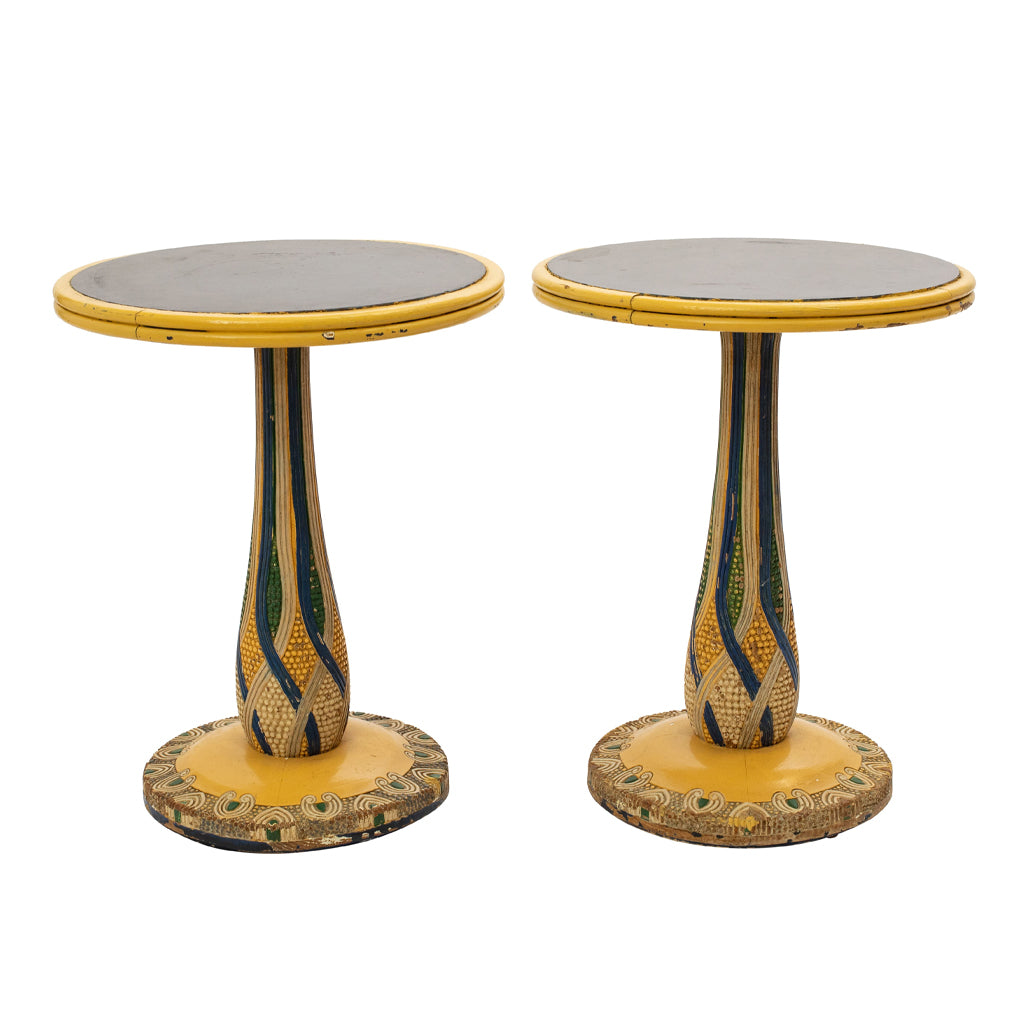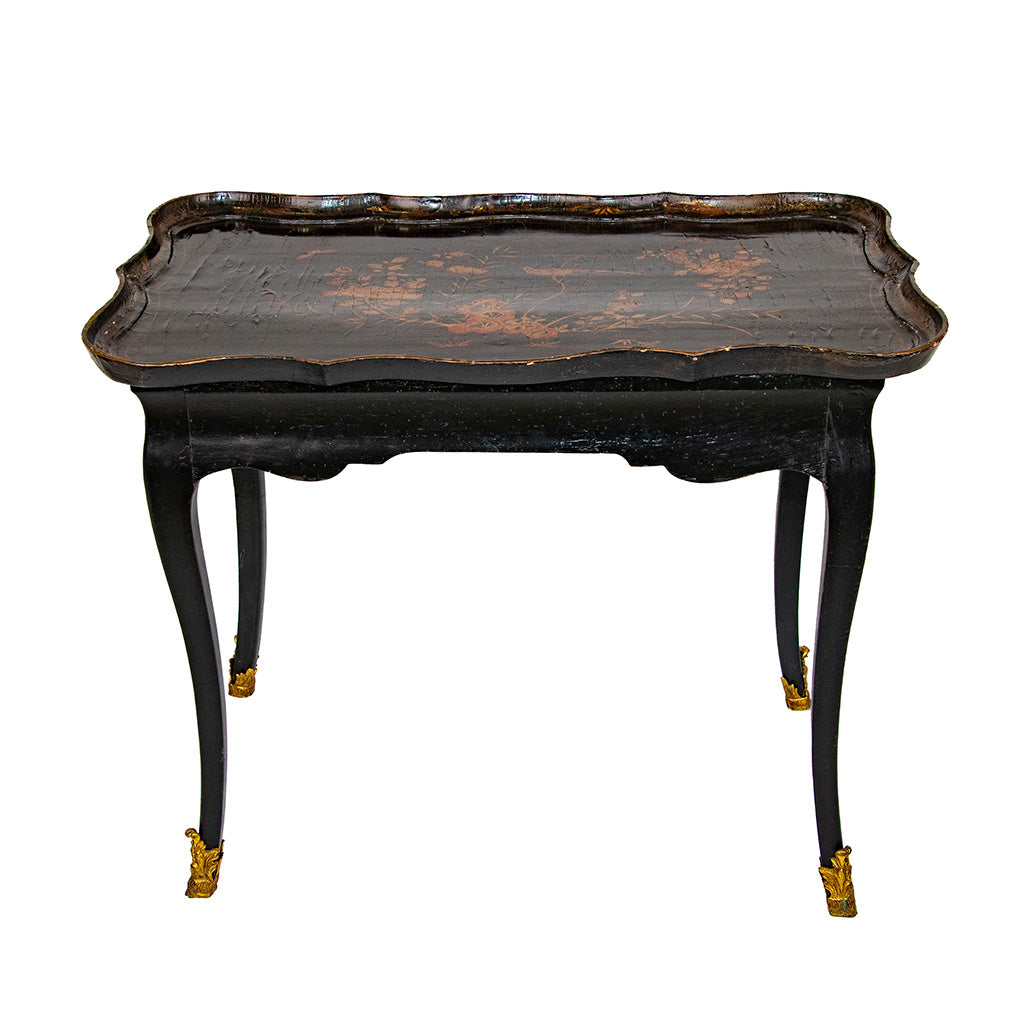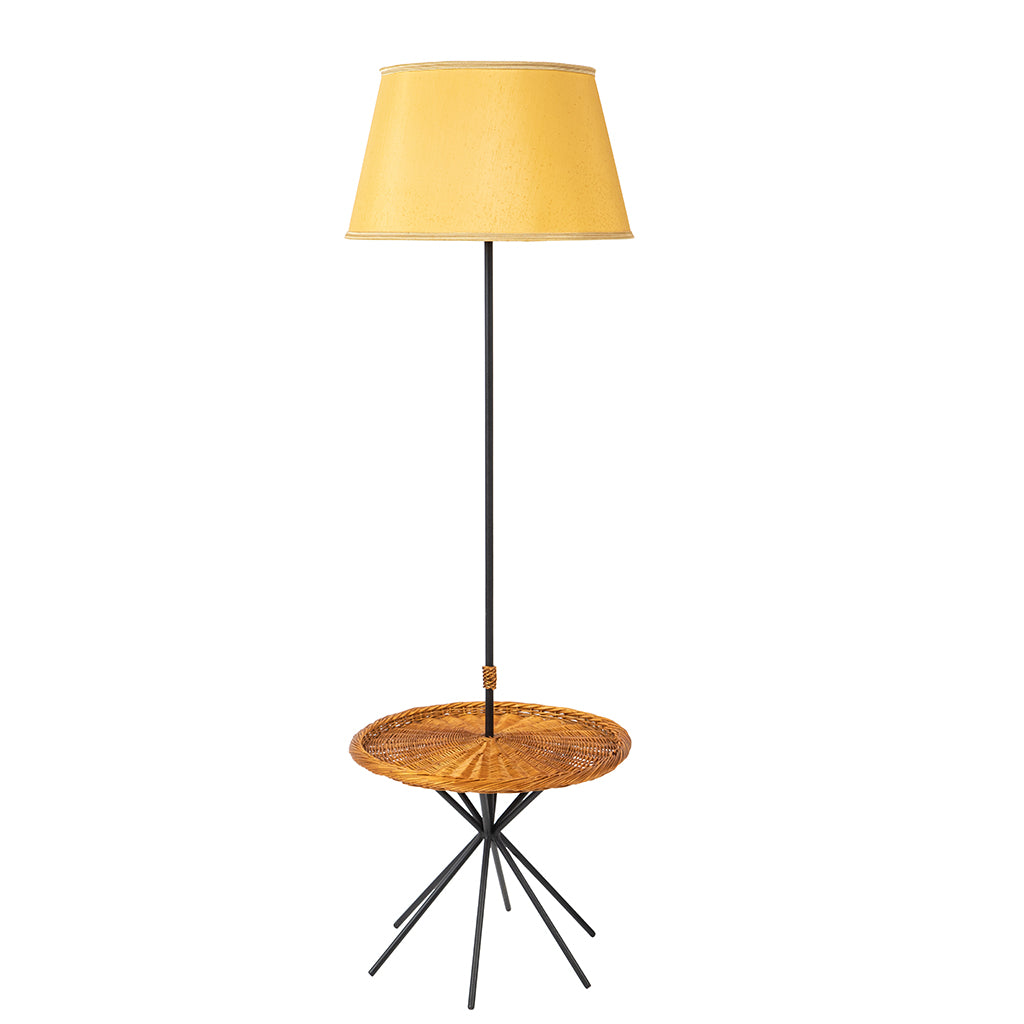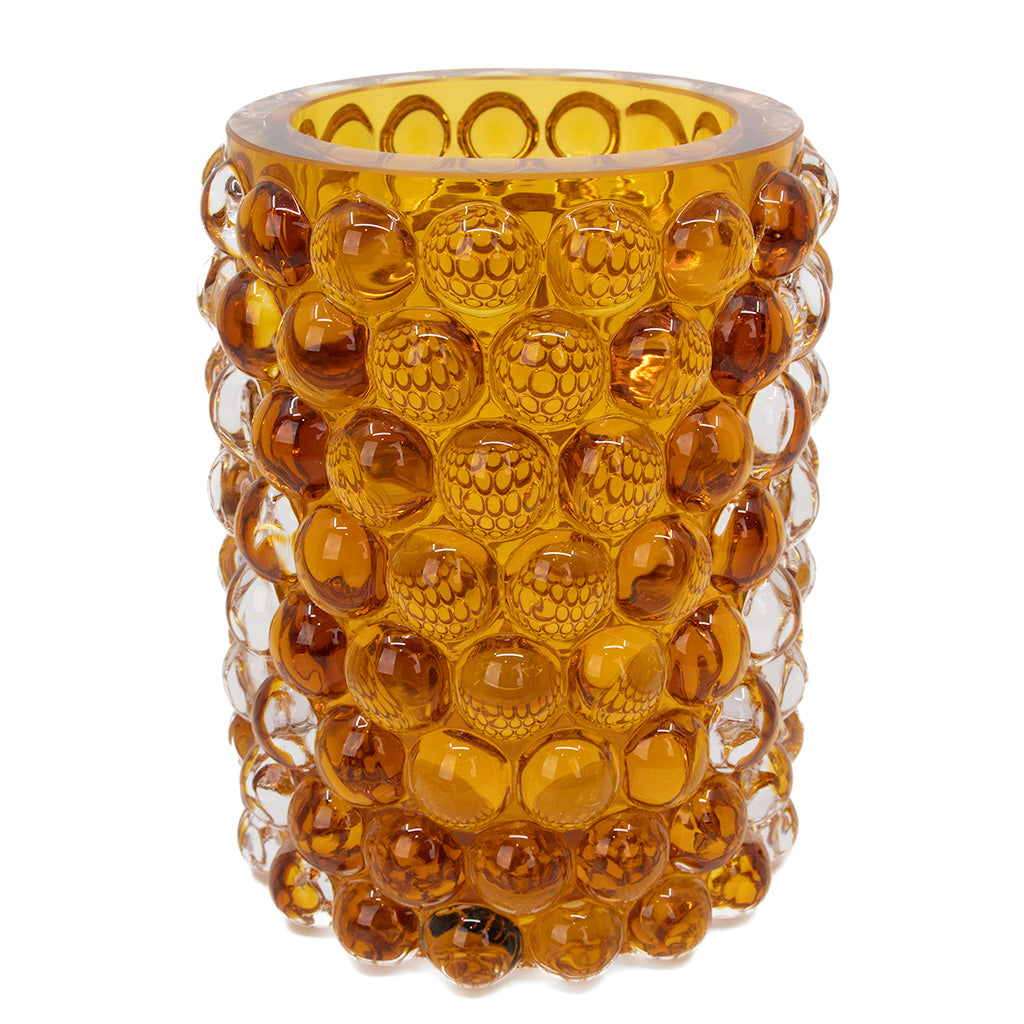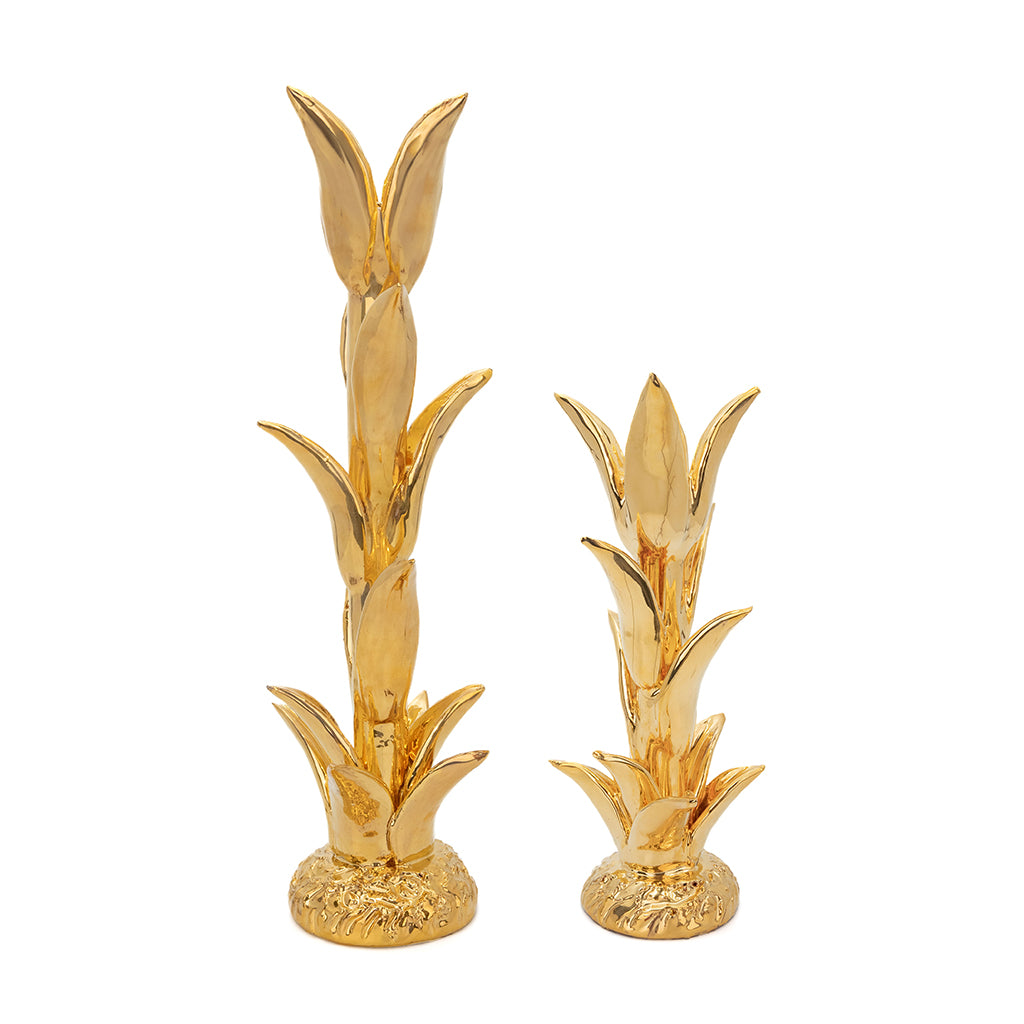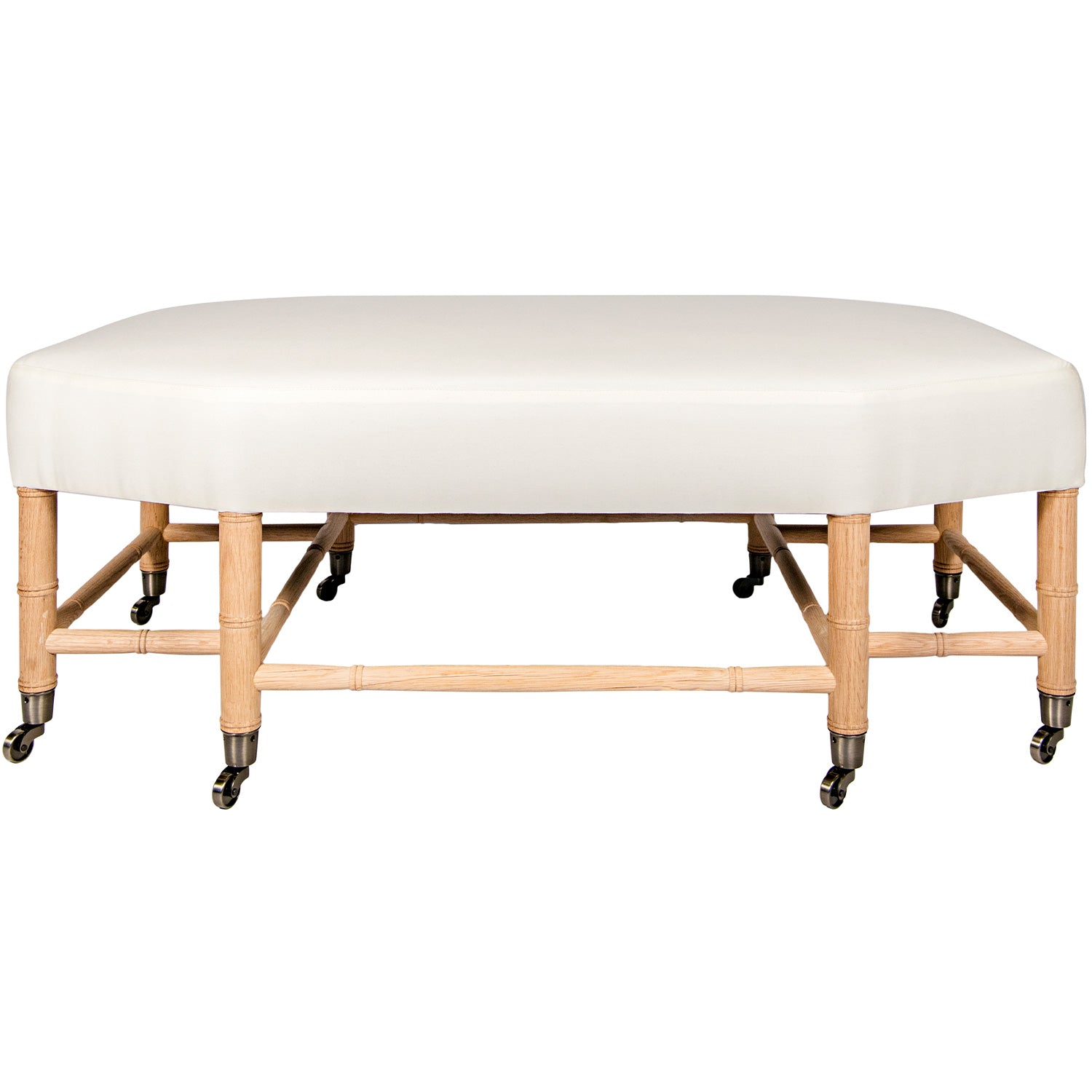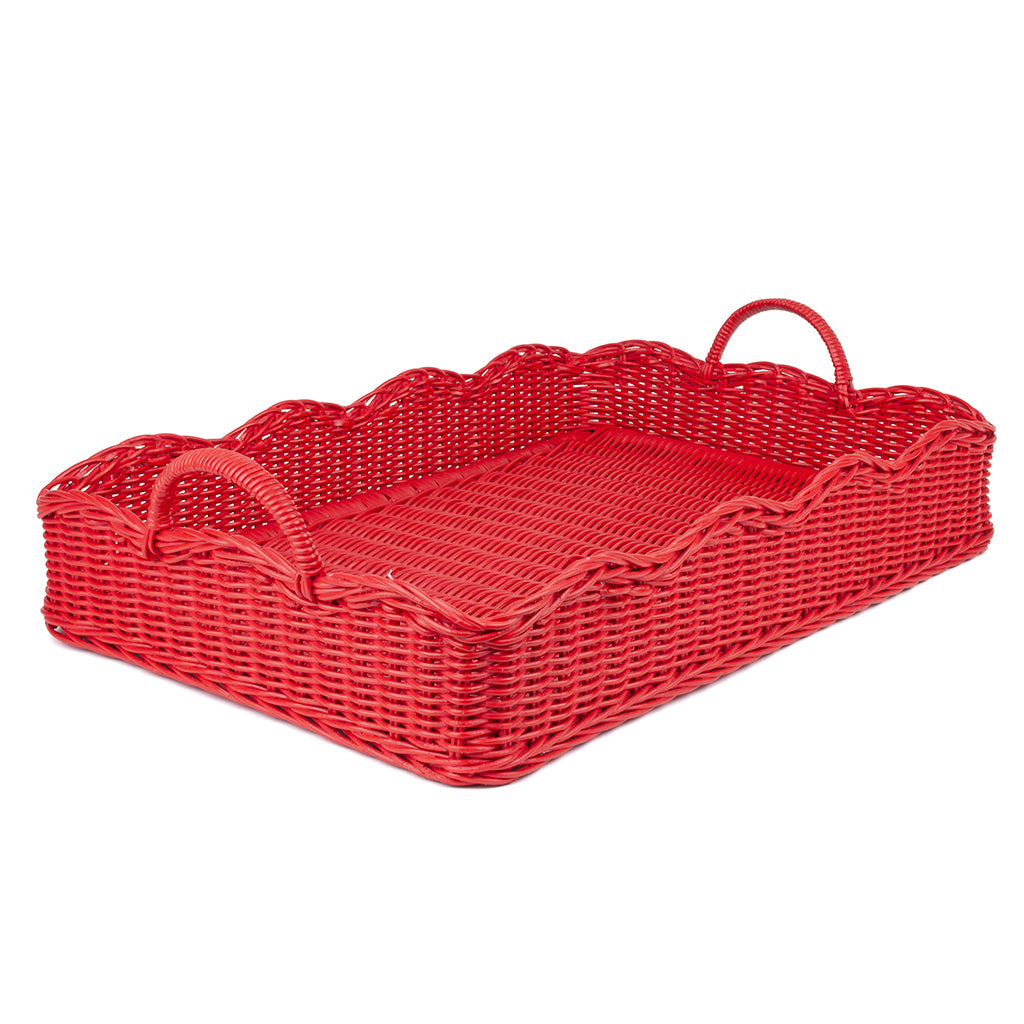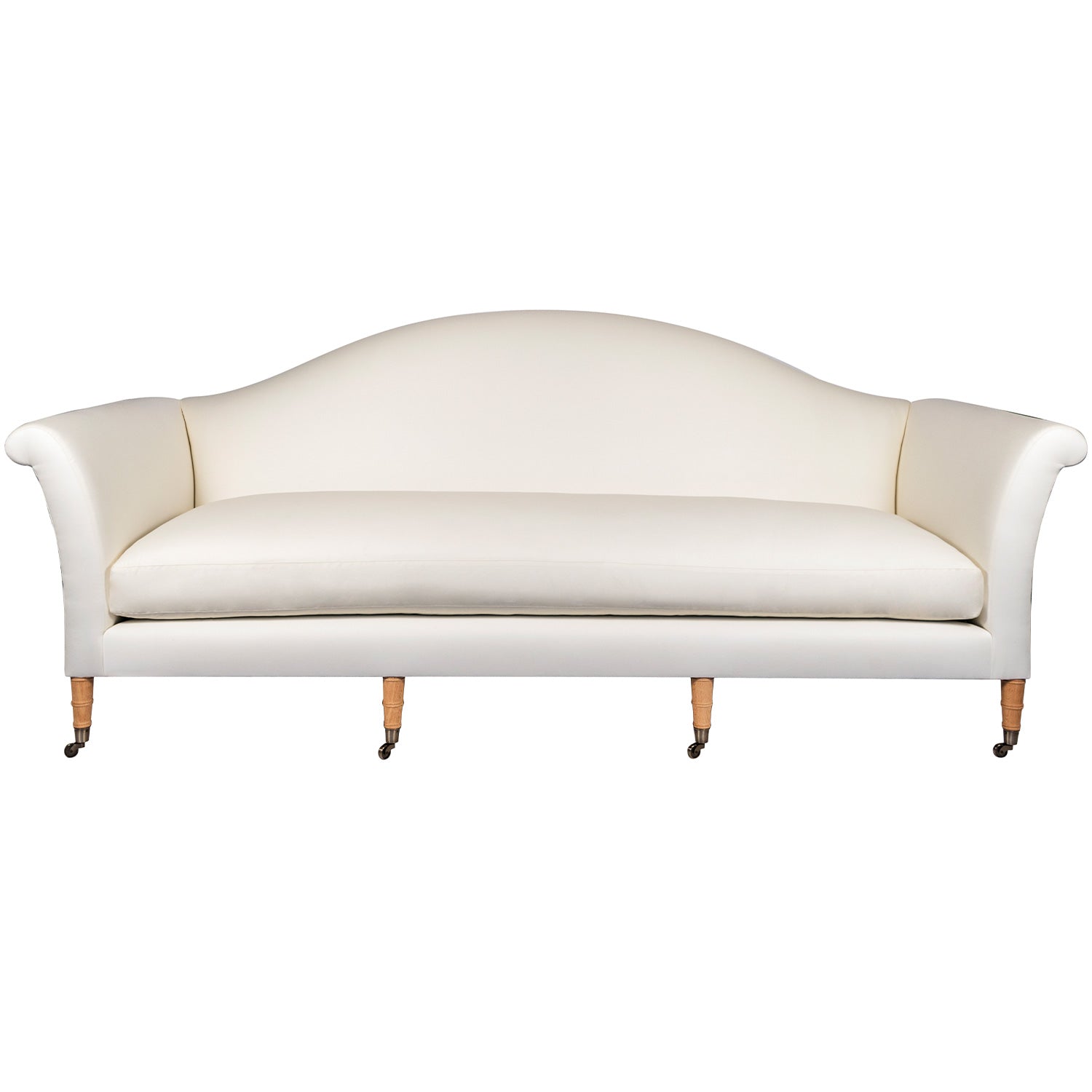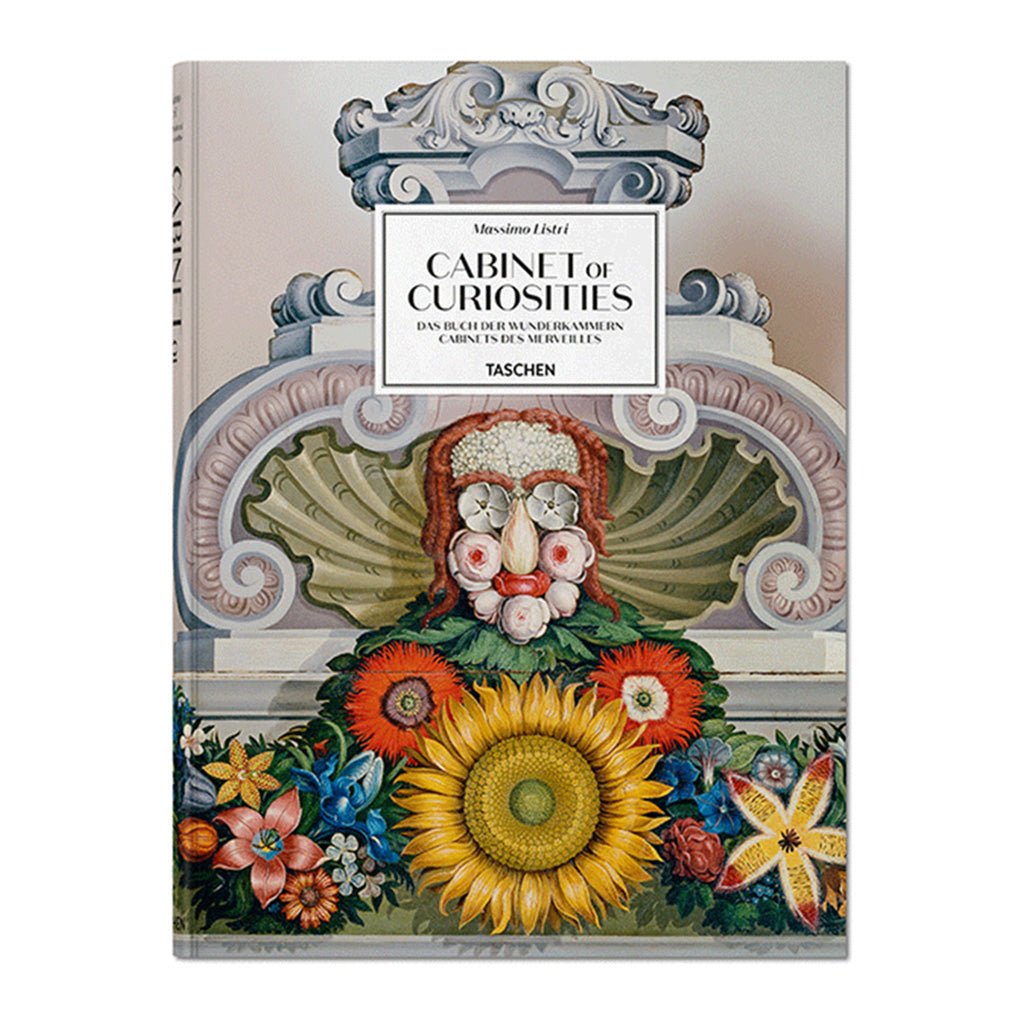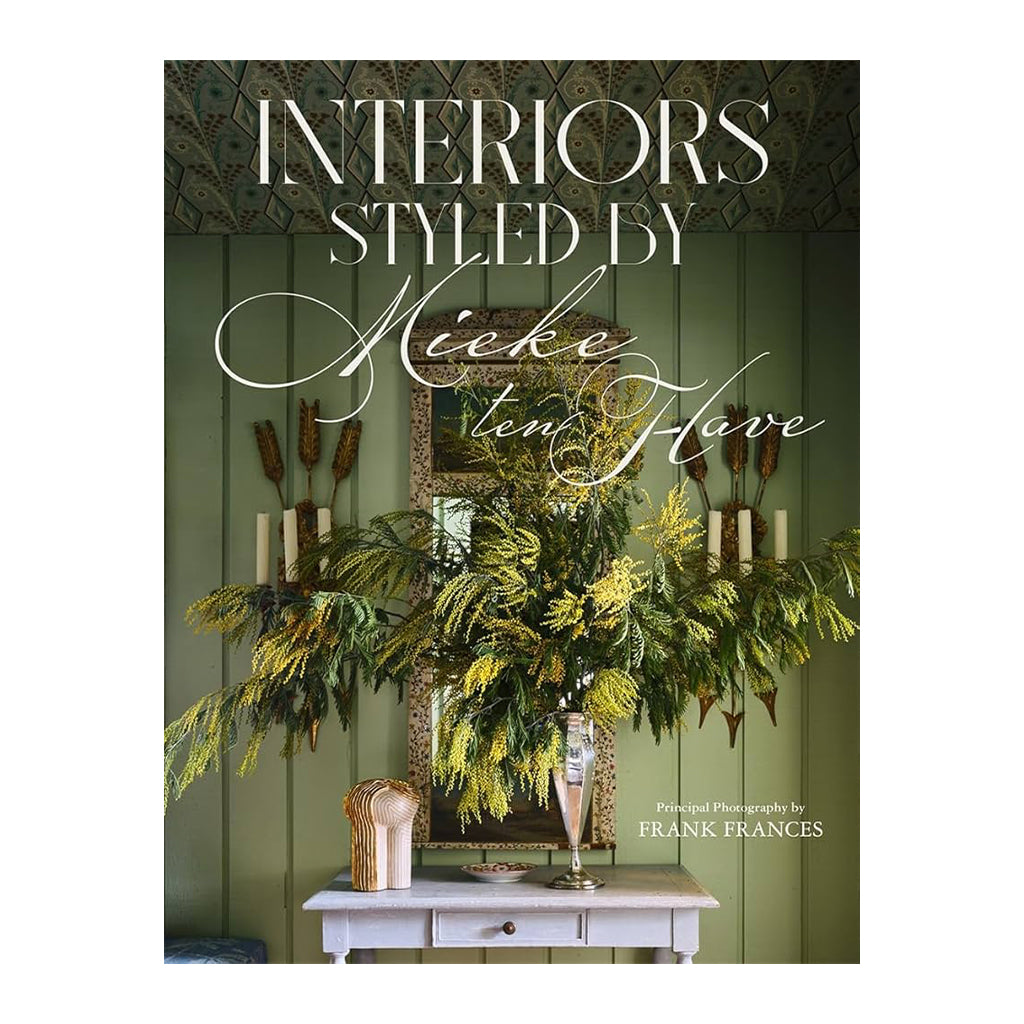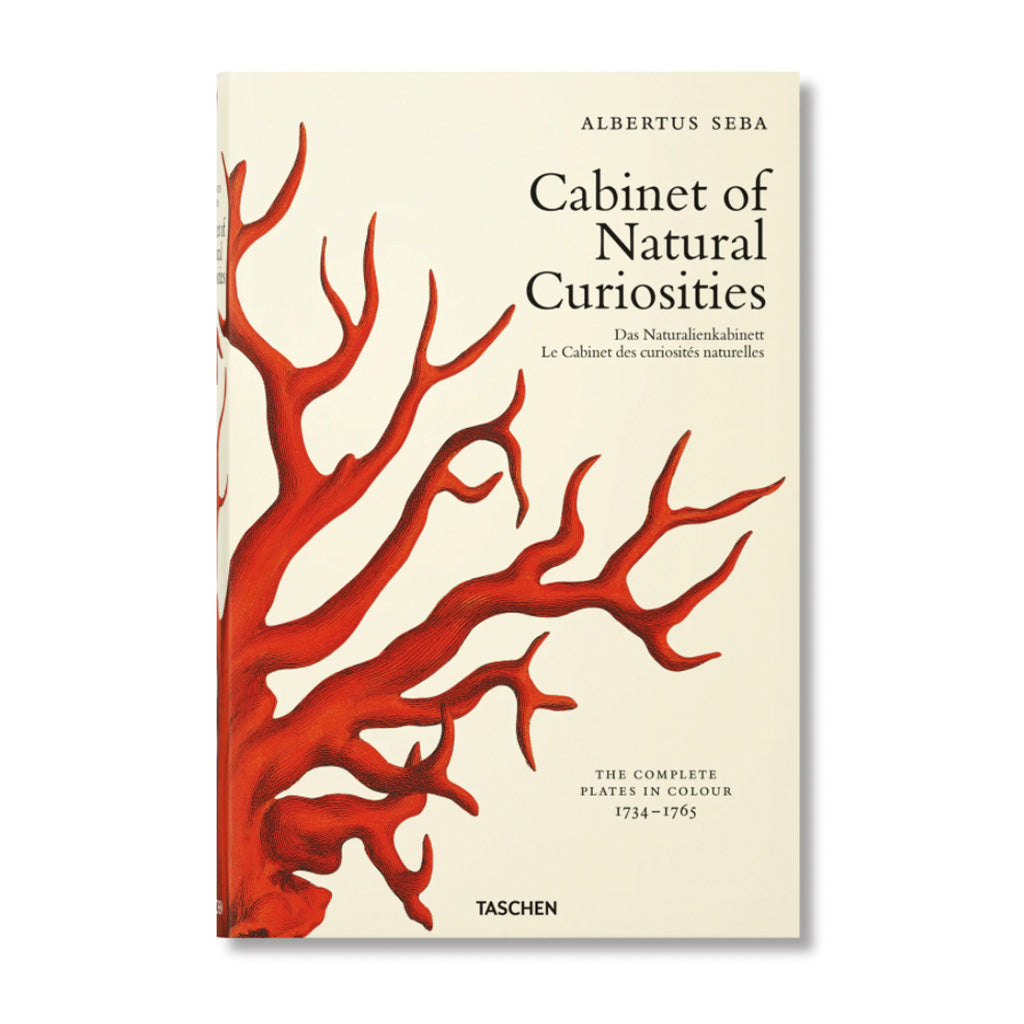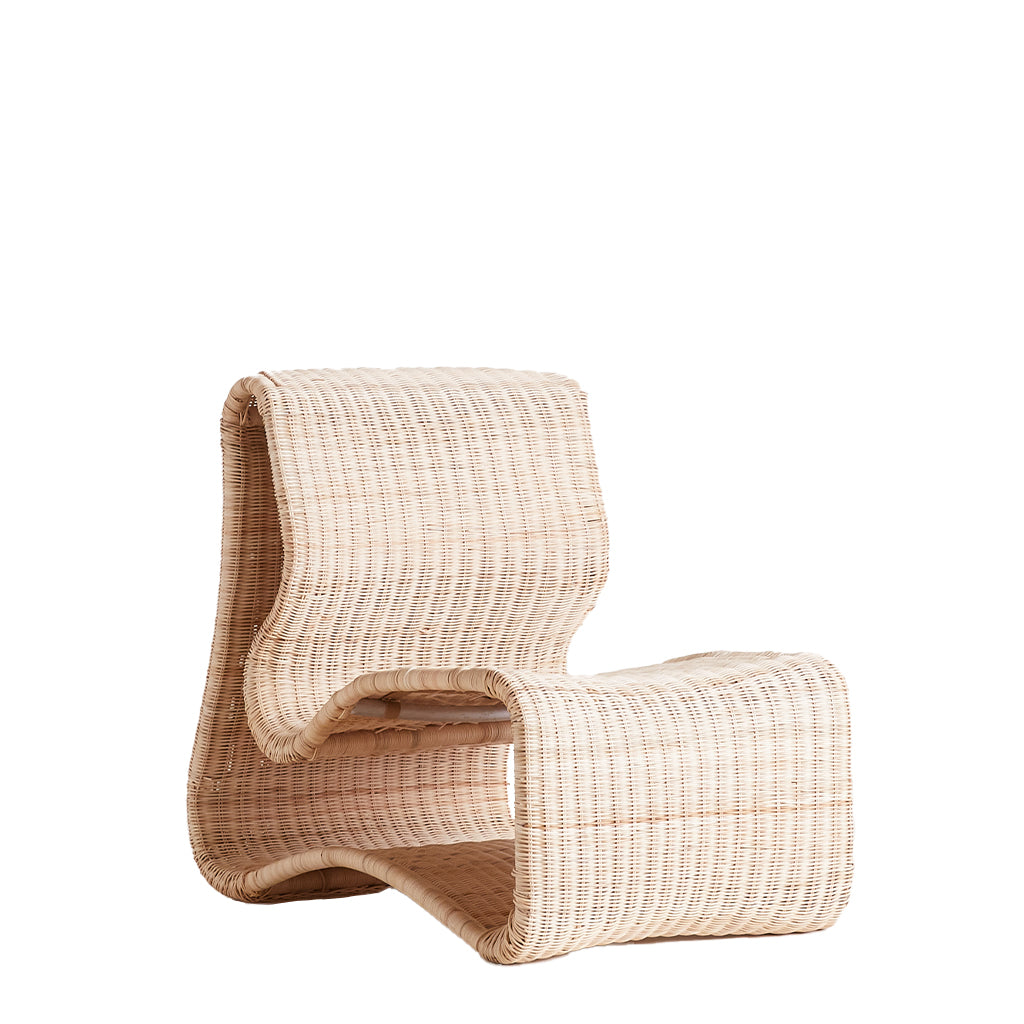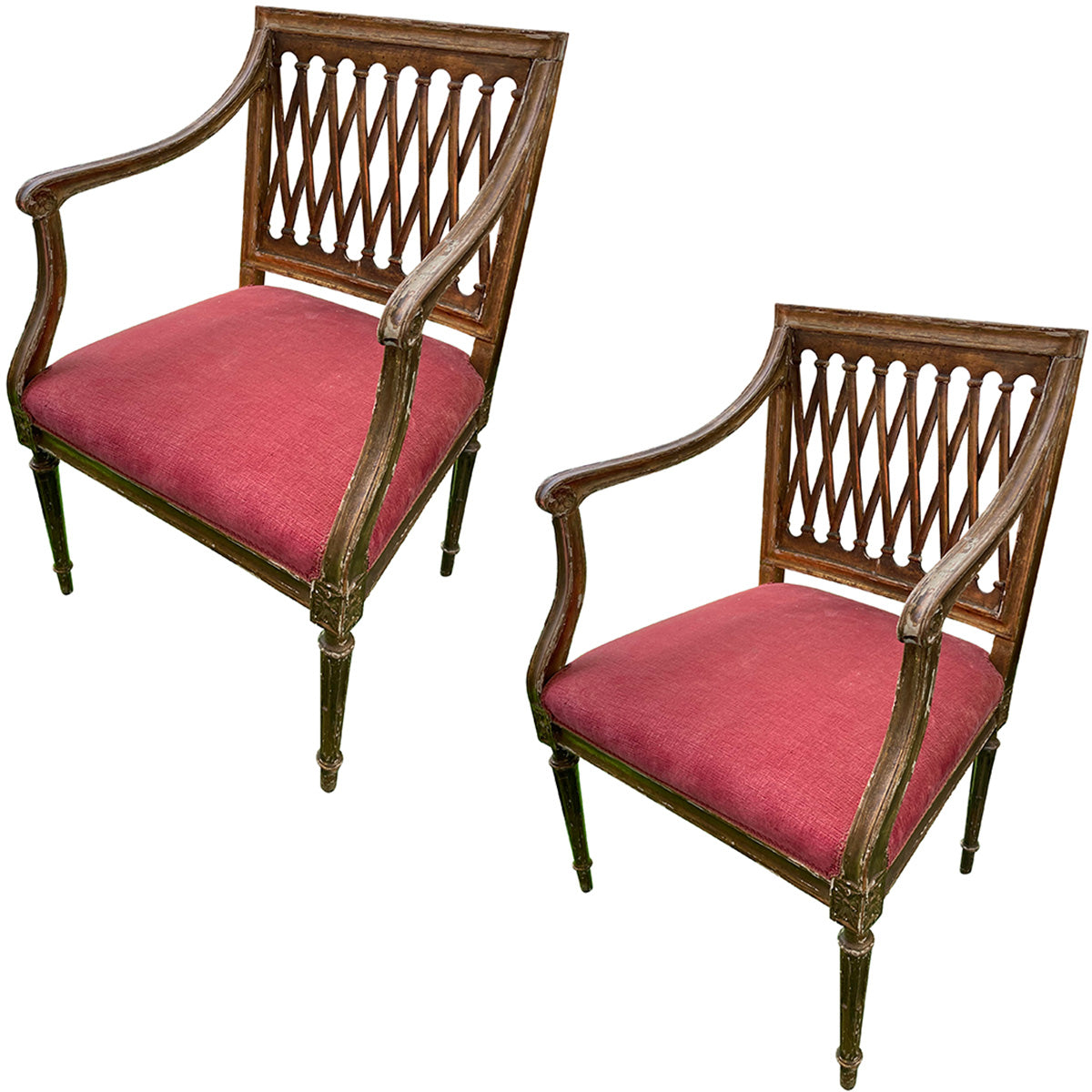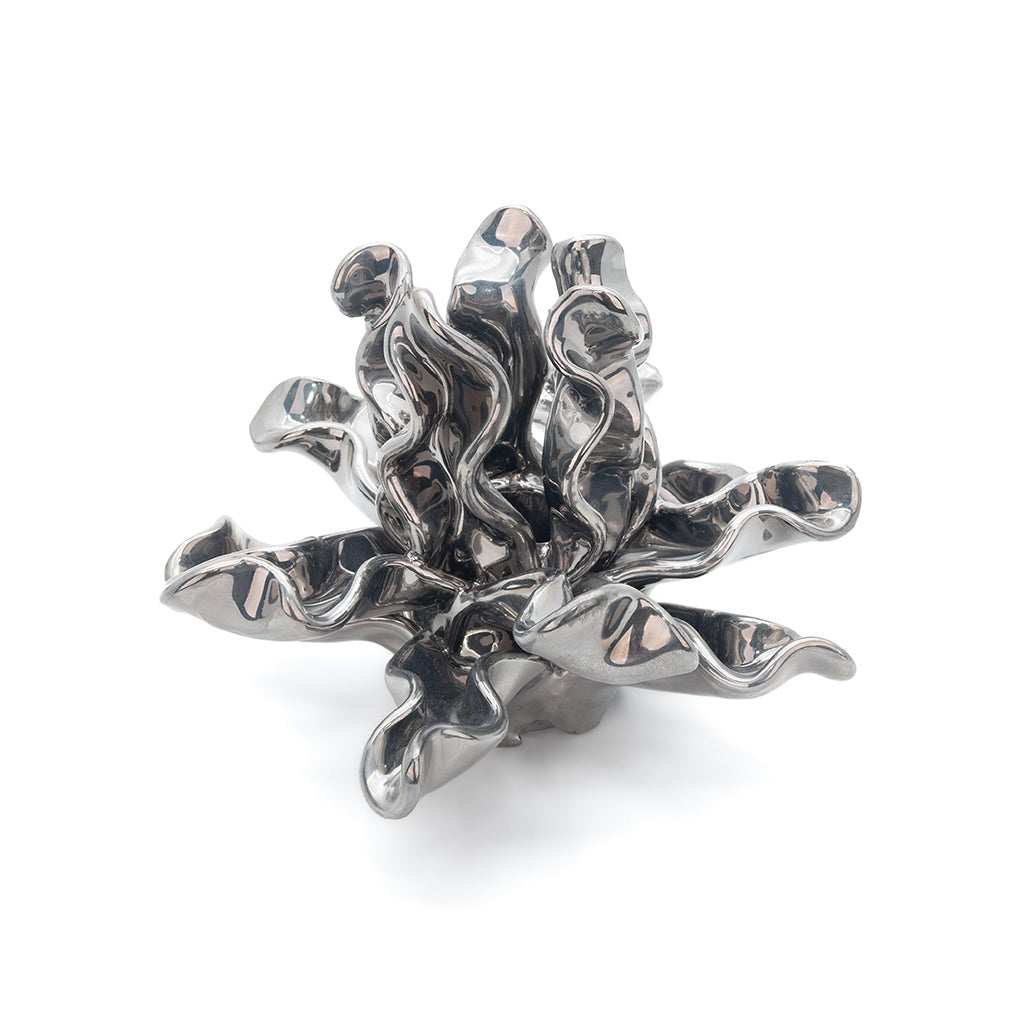The most premier design publications around the world trust her to assemble sweeping roomscapes and charming vignettes with a blended, layered effect that’s often imitated, but never quite achieved (except by her talented hand). If you regularly pick up shelter mags such as Architectural Digest and House & Garden UK, or top-tier design books, you’ve enjoyed her work.
We were thrilled to welcome Mieke to the West Palm Beach Atelier, where she styled a distinctly Casa Branca vignette and spoke to a roomful of eager design enthusiasts about her process—collaborating with world-class photographers and artists, drawing on unexpected inspirations, designing outside the box, and chasing what continues to captivate her imagination. She brought a special energy to the crowd, and spending time with her in the showroom felt like stepping into the pages of her new book, Interiors Styled by Mieke ten Have. Come back anytime, Mieke!
